The bond market has long been regarded as the "smart money" of finance, with its signals often foreshadowing economic turning points months or even years in advance. At the heart of this predictive power lies the Treasury yield curve—a simple line graph plotting the interest rates of U.S. government bonds across different maturities. While seemingly technical, its shape holds profound insights into investor sentiment, inflation expectations, and growth forecasts. Historically, specific distortions in this curve have preceded every U.S. recession since the 1950s, earning it a reputation as one of the most reliable economic crystal balls. From flattening slopes to dramatic inversions, decoding these patterns offers individuals and institutions alike a chance to brace for turbulence. Here are five critical yield curve signals that whisper warnings of impending downturns.
The Classic Inversion: Short-Term Rates Outpacing Long-Term
The most notorious recession harbinger is an inverted yield curve, where short-term Treasury bonds (e.g., 2-year notes) yield more than long-term ones (e.g., 10-year bonds). This inversion defies logic—why would investors accept lower returns for tying up money longer? The answer lies in collective pessimism. When traders anticipate economic weakness, they flock to long-dated bonds, driving their prices up and yields down. Simultaneously, expectations of near-term rate hikes by the Federal Reserve to combat inflation push short-term yields higher. The 2000 dot-com bust and 2008 financial crisis were both preceded by 2-10 year inversions. In 2019, a similar inversion foreshadowed the 2020 pandemic recession. While not every inversion guarantees a downturn, the lag time—often 12–18 months—gives policymakers and businesses a crucial window to prepare.
Flattening Dynamics: The Calm Before the Storm
Before full inversion, the yield curve typically flattens, with the gap between short- and long-term rates narrowing. This reflects growing uncertainty: investors begin doubting the sustainability of growth but aren’t yet panicked enough to invert the curve. A flattening curve often coincides with late-cycle economic conditions—tight labor markets, rising corporate debt, and aggressive central bank tightening. For instance, in 2006, the 2-10 year spread narrowed to just 0.15% before inverting, signaling the subprime mortgage crisis. Today, as the Fed raises rates to combat post-pandemic inflation, the curve’s flattening in 2023 has reignited debates about a "soft landing" versus recession. Monitoring the pace of flattening is key; rapid compression suggests markets are pricing in abrupt economic cooling.
The 3-Month/10-Year Spread: A Fed-Proof Indicator
While the 2-10 year curve dominates headlines, many economists consider the 3-month/10-year spread more accurate. This metric filters out noise from speculative trading and focuses on genuine growth expectations. When the 10-year yield falls below 3-month T-bill rates, it signals that investors expect lower growth and rate cuts ahead. Research by the Federal Reserve Bank of San Francisco shows this inversion has predicted every recession since 1980 with no false positives. In 2022, even as the 2-10 year curve inverted, the 3-month/10-year remained positive until late 2023, suggesting conflicting signals. Such discrepancies highlight the importance of tracking multiple curve segments to avoid overreacting to isolated anomalies.
The Role of the Fed’s Forward Guidance
Central bank communication has become a curve-distorting force. Since the 2008 crisis, the Fed’s explicit forward guidance—telegraphing future rate moves—has reshaped market behavior. When the Fed signals prolonged rate hikes, short-term yields may surge even if long-term growth doubts persist, accelerating inversions. Conversely, promises of rate cuts can steepen the curve prematurely, creating false optimism. For example, in 2018, then-Chair Jerome Powell’s hawkish comments exacerbated curve flattening, which reversed when the Fed paused hikes in 2019. Today, with the Fed’s data-dependent stance, traders parse every speech for clues, making the curve a real-time referendum on policy credibility.
Global Demand Distortions: When Foreign Buyers Skew the Signal
U.S. Treasuries aren’t just shaped by domestic forces. Foreign governments and institutions, seeking safety or currency hedging, often dominate long-term bond purchases. From Japan’s yield-curve control to China’s FX reserves management, overseas demand can artificially suppress long-term yields, creating "false flattening." During the 2010s, persistent buying by the European Central Bank and Bank of Japan compressed global bond yields, arguably muting the yield curve’s predictive power. Similarly, post-2020, foreign investors fleeing volatile markets poured into Treasuries, steepening the curve despite recession risks. Disentangling these global flows from genuine economic signals remains a challenge, requiring analysts to supplement yield data with capital flow reports and currency trends.
Beyond Inversion: The Steepening Rebound
While inversions warn of trouble, the curve’s steepening—when long-term rates rise faster than short-term ones—often heralds recovery. This shift suggests investors are pricing in growth revival, inflation normalization, or Fed easing. After the 2008 crisis, the 2-10 year spread swung from -0.50% in December 2007 to +3.50% by June 2009 as stimulus took hold. However, not all steepenings are equal. A "bear steepening," driven by surging long-term rates due to inflation fears, can strain borrowers and delay recovery. A "bull steepening," fueled by falling short-term rates amid Fed cuts, tends to support risk assets. Recognizing the catalyst behind the steepening is crucial for distinguishing false dawns from genuine rebounds.
The Limitations: A Tool, Not a Oracle
The yield curve, while powerful, isn’t infallible. Structural changes—like quantitative easing, low neutral interest rates, or demographic shifts—can alter its behavior. Post-2008, some argued that prolonged Fed bond-buying had "broken" the curve’s predictive power, yet the 2019 inversion still preceded a recession. Today, with central banks holding massive bond portfolios and markets pricing in climate or geopolitical risks, the curve’s signals may require reinterpretation. Analysts now blend yield curve analysis with other indicators—credit spreads, labor market churn, consumer sentiment—to cross-validate recession risks.
Navigating the Curve: Strategies for Uncertainty
For individuals, yield curve signals should inform, not dictate, financial decisions. Ahead of potential inversions, reducing exposure to cyclical stocks, increasing cash reserves, and favoring short-duration bonds can mitigate portfolio volatility. Businesses might delay debt issuance if long-term rates are expected to fall or lock in fixed rates before hikes. Policymakers face tougher choices: preemptive rate cuts to avoid inversion could fuel inflation, while inaction risks economic contraction. The key is flexibility—using the curve as one piece of a broader mosaic that includes real-time data and global trends.
A Compass in the Fog
The Treasury yield curve remains an indispensable compass in navigating economic fog, its twists and turns encoding collective wisdom about the future. Yet like any compass, its readings demand context. In an era of unprecedented monetary experimentation and global interconnectedness, the curve’s signals grow subtler, requiring deeper analysis and humility. For those willing to look beyond headlines, however, it still offers a rare glimpse into the market’s soul—a blend of fear, foresight, and fragile hope. While no single indicator can map the future, understanding these five yield curve signals equips us to face uncertainty not with dread, but with informed resolve. After all, in economics as in life, forewarned is forearmed.
The Enduring Vigilance
In the end, the yield curve is not a prophecy but a mirror—reflecting the collective psyche of investors, policymakers, and institutions. Its warnings remind us that economies move in cycles, and complacency is the true enemy. For individuals, this means diversifying risks, stress-testing financial plans, and staying attuned to broader economic narratives. For businesses, it underscores the value of agility—whether pivoting supply chains, refinancing debt, or recalibrating growth forecasts. Policymakers, meanwhile, must balance preemptive action with patience, avoiding knee-jerk reactions to every curve fluctuation.
The curve’s greatest lesson is humility. Even as algorithms and AI transform finance, human judgment remains irreplaceable in interpreting its signals. Markets evolve, but the core drivers—fear, greed, and the quest for stability—persist. By respecting the curve’s history while adapting to its modern complexities, we transform its whispers into actionable wisdom. Recessions may be inevitable, but their scars need not define us. Armed with knowledge, vigilance, and a willingness to adapt, we navigate not just the storms ahead, but the opportunities hidden within them. The yield curve doesn’t just predict the future—it challenges us to shape it.

By Emily Johnson/Apr 24, 2025

By Victoria Gonzalez/Apr 24, 2025

By Michael Brown/Apr 24, 2025

By David Anderson/Apr 24, 2025
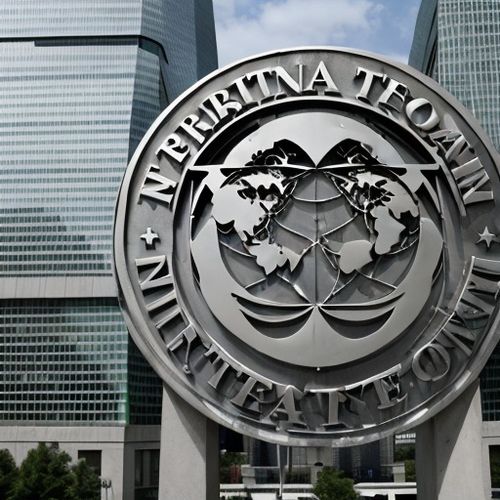
By Ryan Martin/Apr 24, 2025

By Victoria Gonzalez/Apr 10, 2025

By David Anderson/Apr 10, 2025
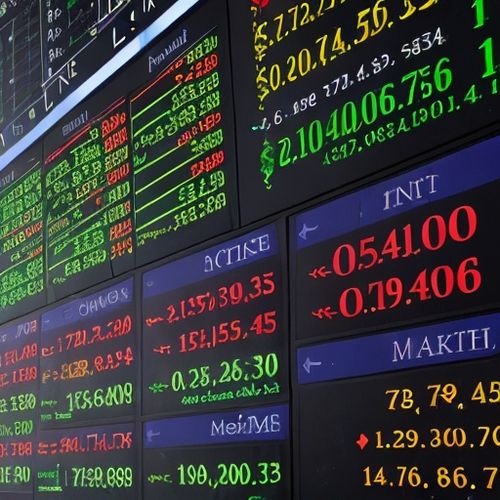
By Noah Bell/Apr 10, 2025

By Michael Brown/Apr 10, 2025

By James Moore/Mar 30, 2025

By Rebecca Stewart/Mar 30, 2025

By George Bailey/Mar 30, 2025
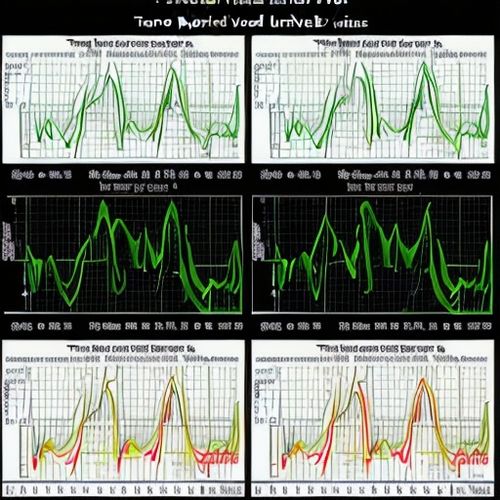
By Noah Bell/Mar 30, 2025
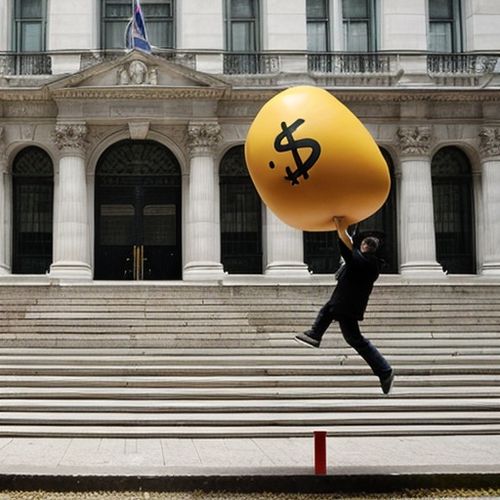
By Samuel Cooper/Mar 30, 2025
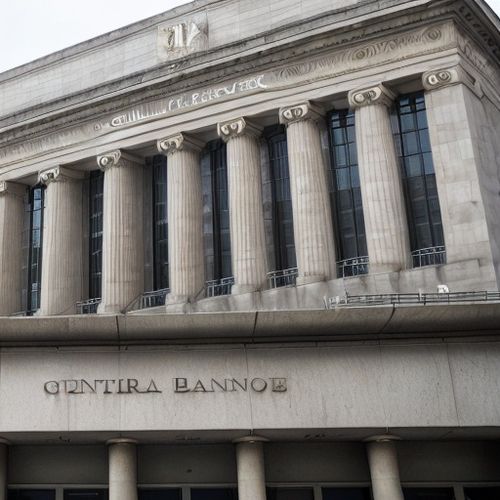
By Elizabeth Taylor/Mar 30, 2025